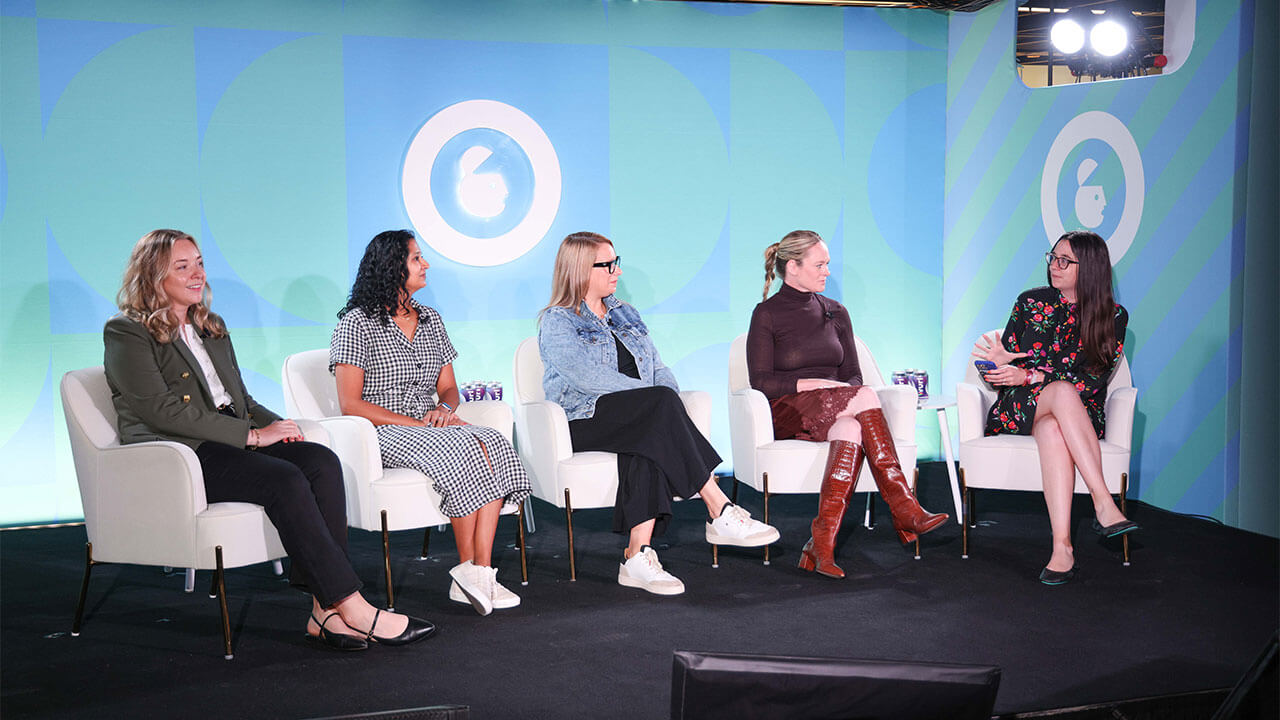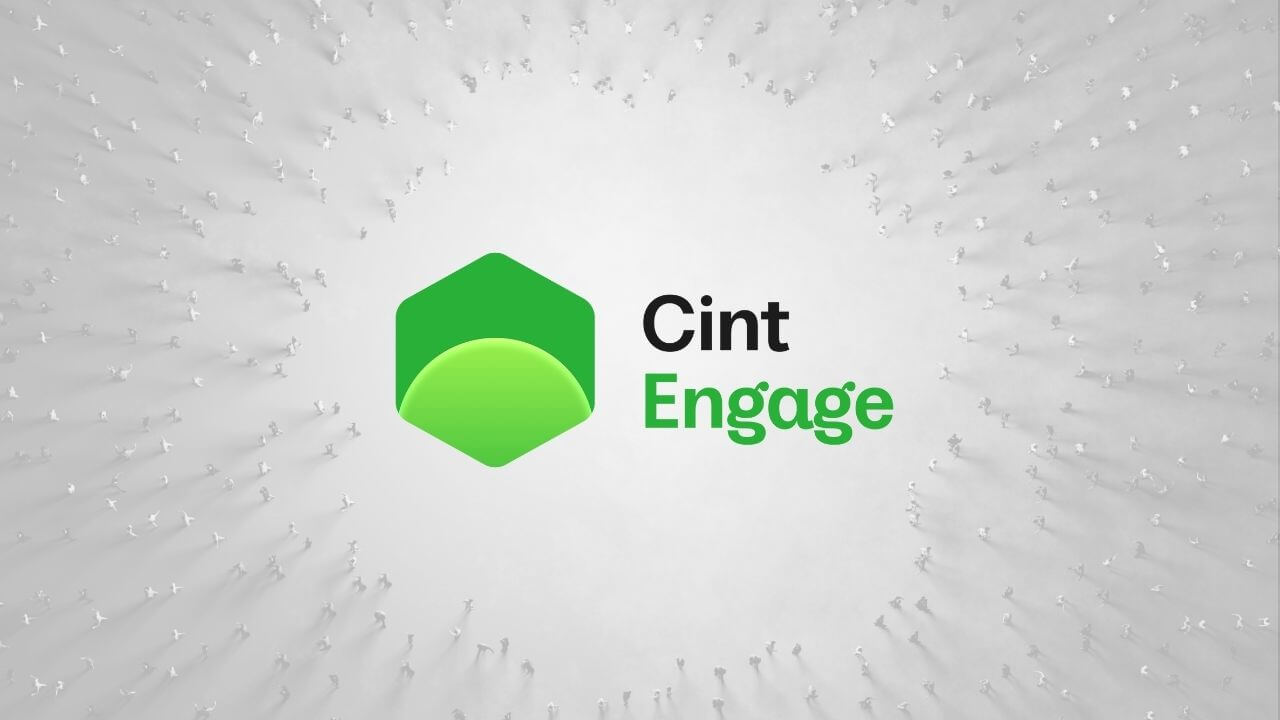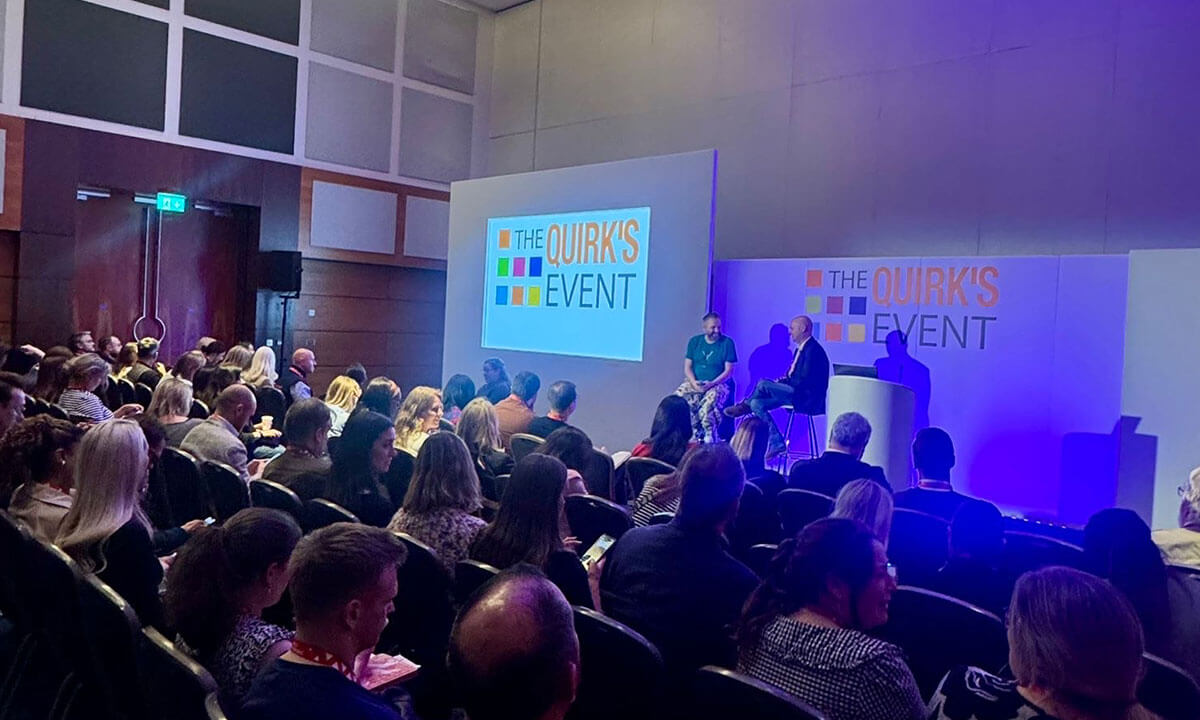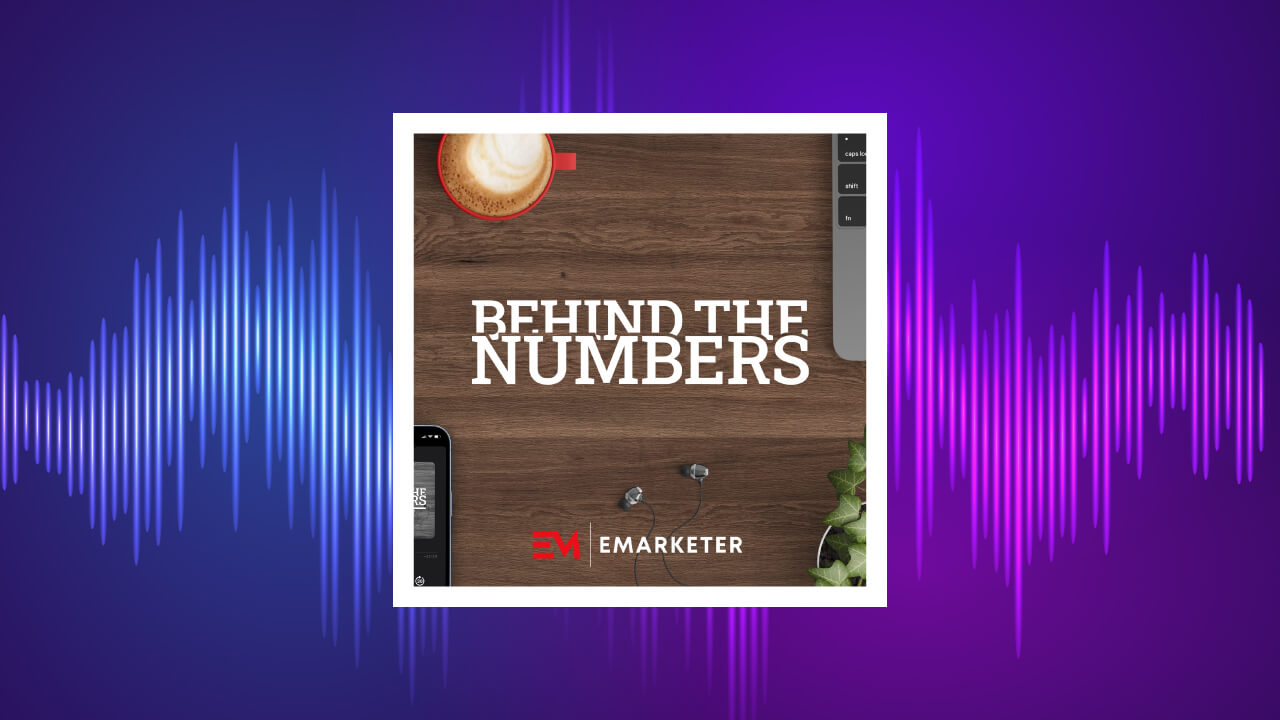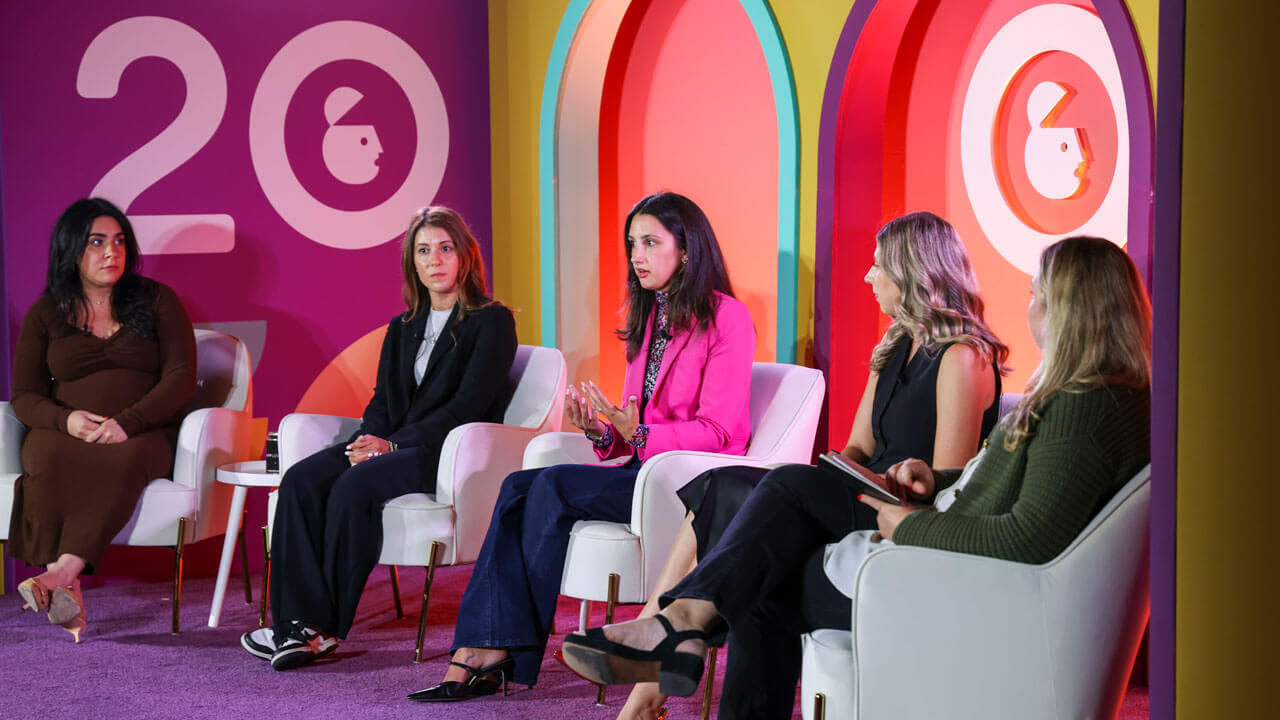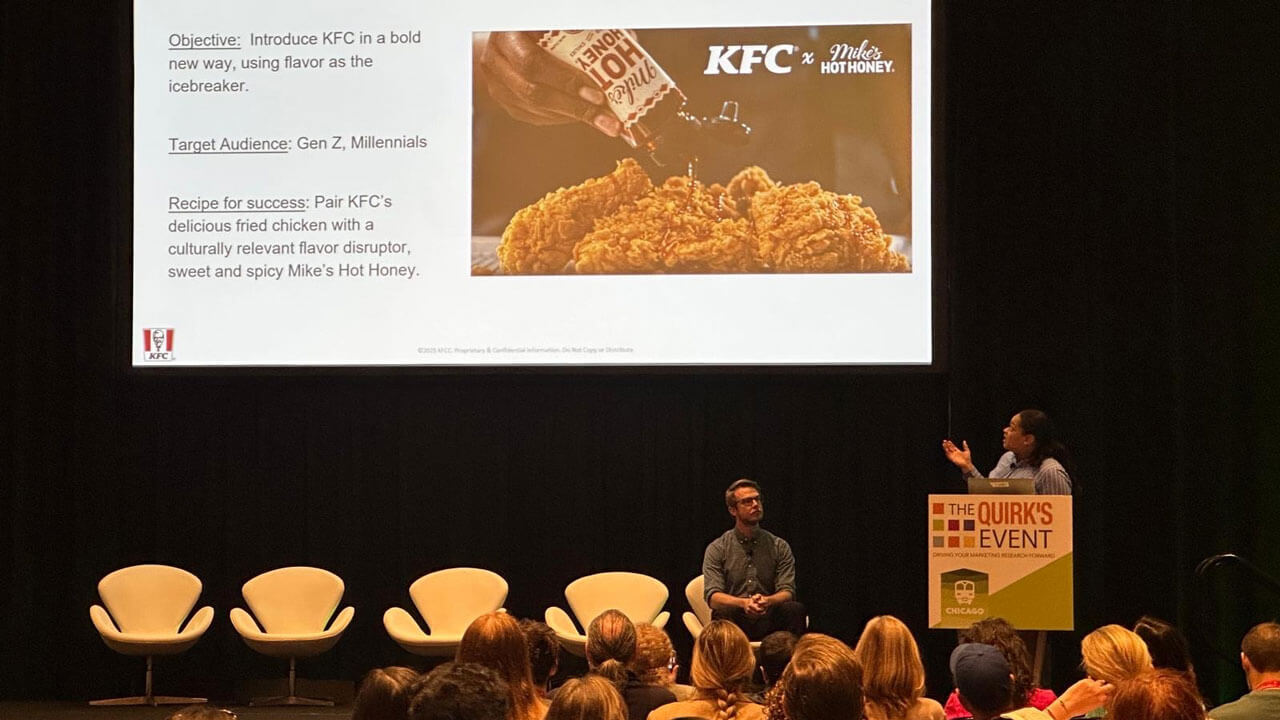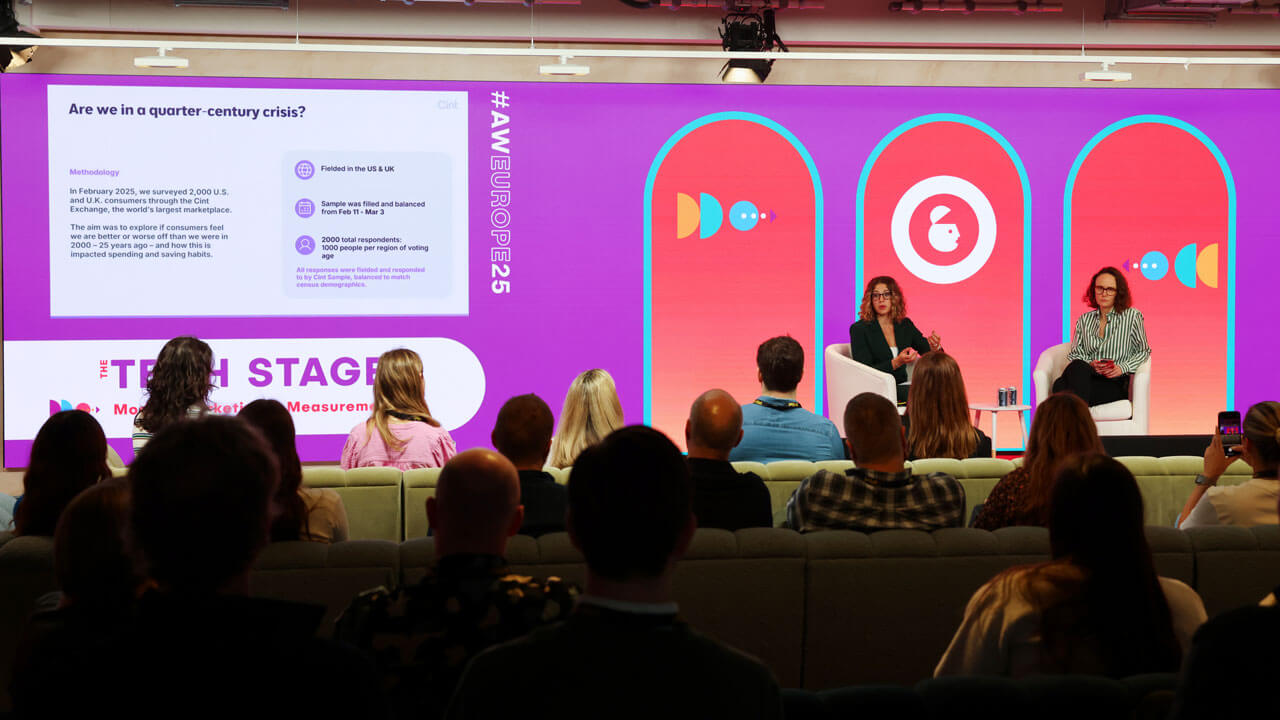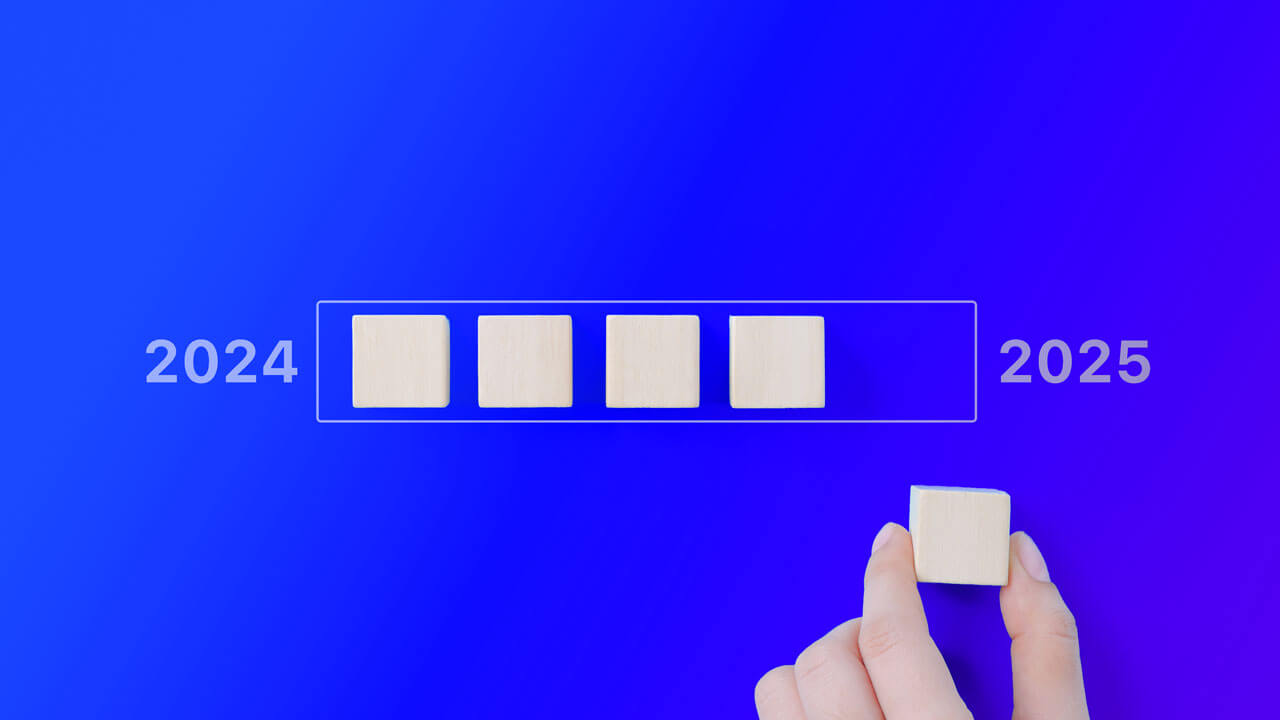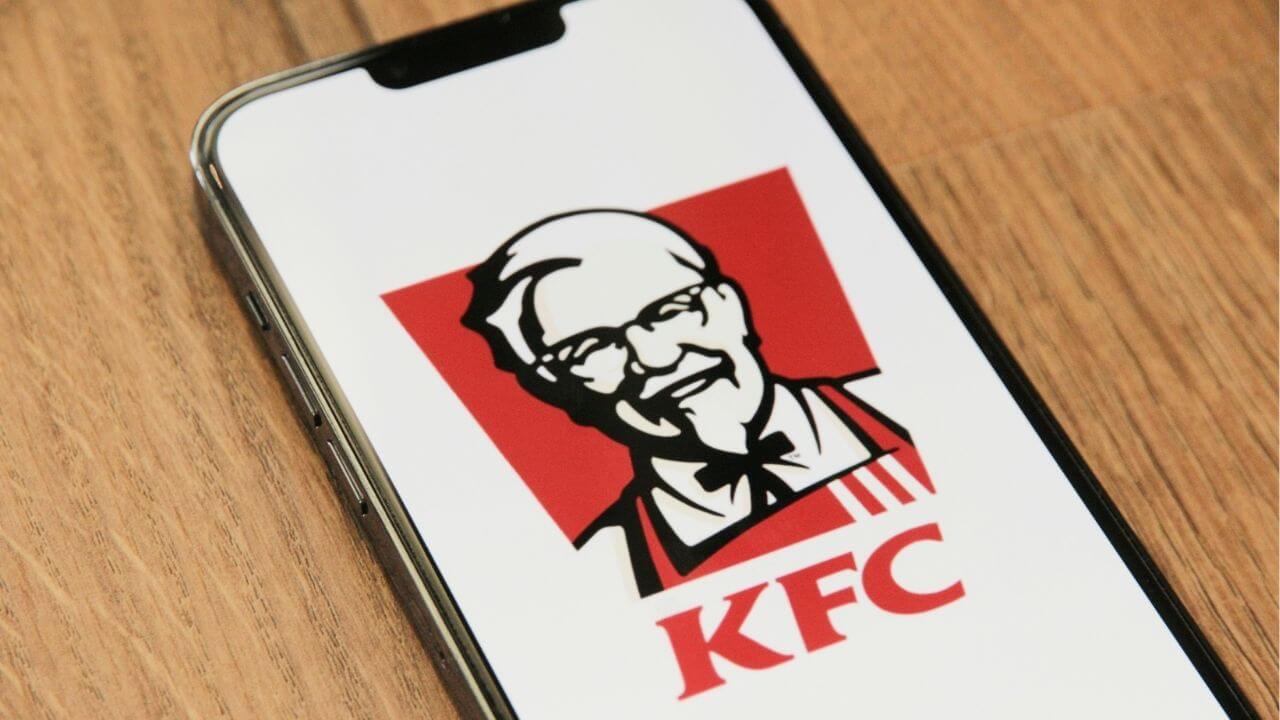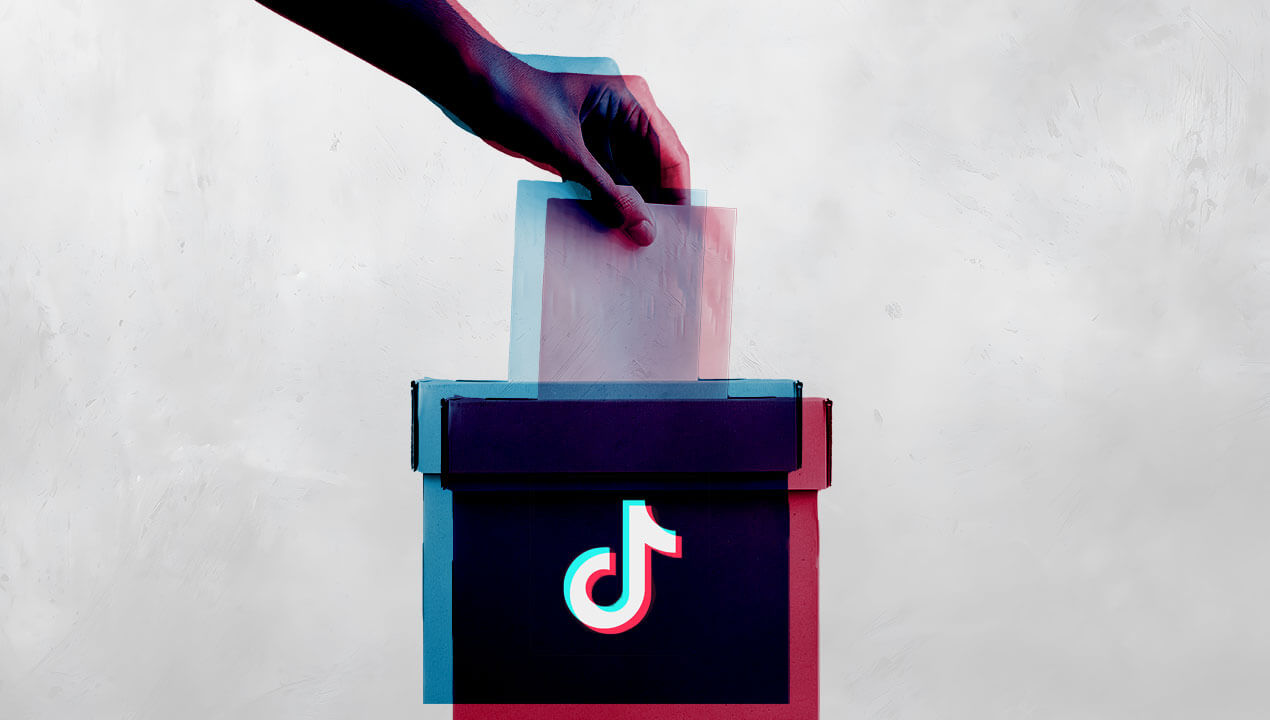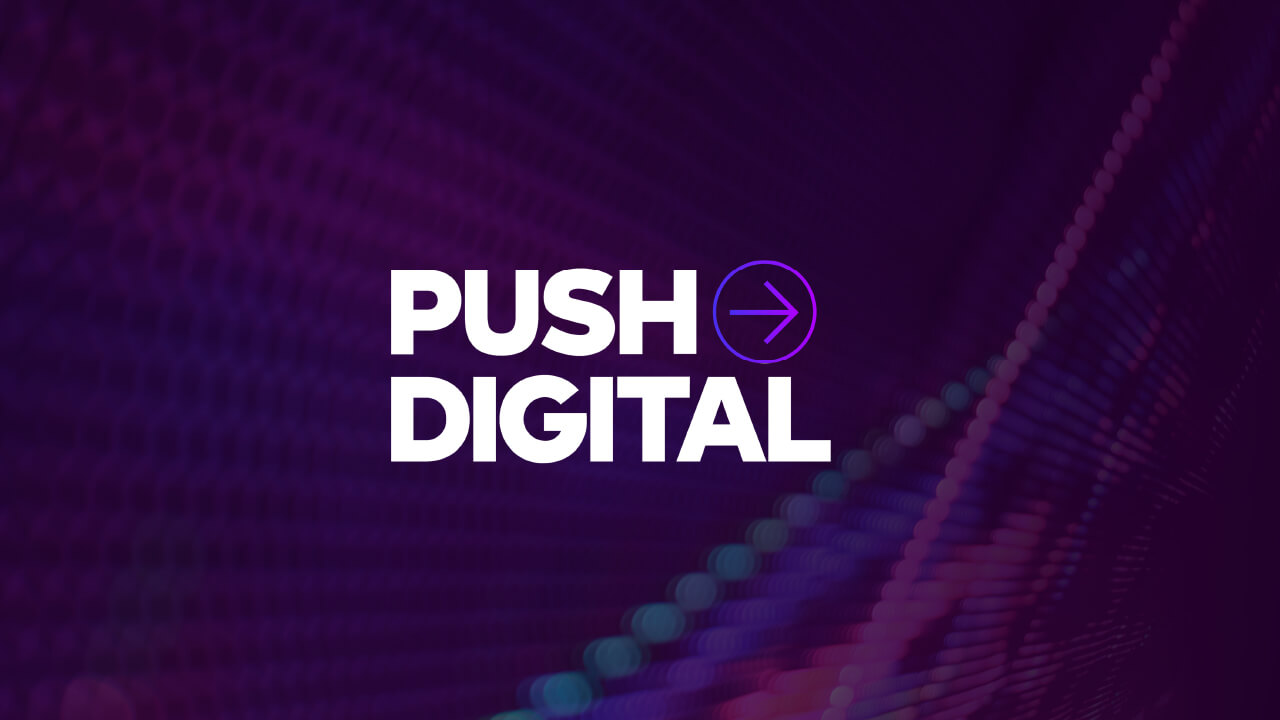
by Elizabeth Brooks, Lucid Brand Wrangler/Investor
Business-to-business marketing is often seen as fundamentally different to consumer marketing. Both are a hard slog in the face of tough markets, but B2B can feel particularly frustrating, especially when you’re trying to establish a brand. Classic B2B tactics often seem overplayed and non-differentiating – you’re traveling the same road your competitors are. Are consumer marketers having all the real fun?
A secret: you’re actually doing consumer marketing. At the receiving end of your brand communication there’s still a human being, and, as with all marketing to human beings, you want to elicit an emotional reaction and create an emotional connection. Your offering has core values (we hope): workflow efficiency, insights, better communication, ease of use, cool factor, good pricing, whatever – and these are all connected to some kind of human impact. That impact is going to be the first thing that engages a buyer with your brand.
Basically, your product makes your customer’s life better in one way or another, and that’s powerful. Great B2C marketers are pros at connecting to that power.
So let’s steal some of their secrets and get out ahead of the competition.
1. Create a visual language.
This sounds like agency-speak but is going to serve you well. B2B websites, apps, content, social elements, etc. all tend to look very similar. It’s worth it to spend the time and money to hire a pro in visual branding who’ll help you set a direction for your brand beyond the logo. Seriously consider bringing in someone who has little or nothing to do with your industry. I like to work with designers from music and gaming.
All your designer really needs to know is your audience, mission, core brand values, and brand personality. (No idea what those are? Oh dear. That’s another post.)
Document your visual language the same way you did your logo system – in a style guide or brand document. You don’t have to get fancy about it – just have someone in-house who’s the keeper of the flame aesthetically.
Once you have a distinct visual style, existing and prospective customers will be able to pick your brand out on the web, at trade shows, and in similar crowded spaces where other brands are being mind-numbingly boring.
2. Use images, preferably photos and video.
Too much B2B communication relies on text, diagrams, and icons. Photography, video, and in some cases illustration pack a bigger emotional punch. Again, great marketing means creating a feeling around your products, and all the words in the world won’t do that the way great visuals will.
I know you have a lot of words to say, and you’ll get to say them, but to bring in the customer, use images.
3. Be wary of STOCK images.
Generic stock photography kills creativity. The vast majority of stock imagery created specifically for business is horrible. Your customer doesn’t need to see photos of people at their desks, on their phones, walking office halls, looking generically happy or excited or whatever. They get enough of that – guess where? – at work.
Innovative business is about looking at the world in a new way.
Sterile, non-specific business photography says nothing about the unique value you’re offering. Find a few images that powerfully convey the tone and feel of your brand, put those somewhere you can refer to them, and then work from there to create a library of strong images.
B2C marketers, bloggers, and social media types operating on a limited budget make great use of less conventional free stock sites like Unsplash (unsplash.com), Death to Stock (deathtothestockphoto.com), Pexels (pexels.com), and many others.
There is also beautiful, professional work available from the large paid stock photography outlets – you just need to exert an effort to find the good stuff. You have a unique visual language, remember?
4. Video.
Video is the winner in consumer content. Use video in business communication, and be artful about it.
Customize your video to the place it will be seen. Understand, for instance, that YouTube videos have no place on Facebook. The Facebook algo will bury them under a pile of native FB platform content. (You’d do the same thing if you were Facebook.)
Consider creating videos that don’t need sound – a business audience may not be in a place to crank up the volume, and an increasing number of platforms (Facebook/Instagram) default video to a muted state.
Consider vertical video for a mobile audience. Businesspeople often prefer to stay in portrait mode with their phones.
And please, keep it short. 90 seconds is a long time. Think microcontent. Under 15 seconds will give you something you can use on social as well.
5. Segment, target, and personalize.
Consumer-facing businesses target customers down to their astrological signs, track past purchases, note inactivity, and retarget like crazy based on behavior or on matching to a data pool.
You can do this too. Which keyword brought that human to you? If you’re intaking web leads from multiple landing pages (which I hope you are, because you should be A/B testing like crazy), use that to profile your lead. If someone viewed and/or reacted to a piece of content, that’s a data point for you. The more you know about your customer, the better you can serve them something that works. The B2B world actually has every opportunity to do this better than consumer marketers.
People also really like it when you get their name right.
6. Um, mobile.
Why does B2B so often ignore this? Know where your customer is. The business customer is just as likely to be on a mobile device as any other adult, especially in off hours. Make sure your website and emails are mobile-friendly and any materials you share are readable on small screens. When you design your shiznit, look at it on something besides a 27-inch monitor before putting it out into the world.
And, of course, mine your analytics so you do know where and when any message or material is being seen.
7. Be human.
The business customer is inundated by outreach, most of it dry and lacking in personality. Stand out from that crowd. Great consumer brands have great personalities – why can’t yours? How do you talk to your customer? Would you hang out with your brand at a party? Establish a tone that works for you and stay with it.
8. Don’t be selfish.
It’s not all about you. In fact, it’s not about you at all.
B2B communication is very often one-sided, at least until a sale is made and the customer is (we hope) reaping the benefits of the product.
What are you bringing to the table? Show clearly the positive impact your product will have on a customer’s life – invoke the human element before diving into your fantastic featureset and total domination over your competitors.
Time your communications, email or otherwise, wisely; know when a prospect has already been hit up on a particular subject and pivot to a different angle; and focus on engagement over pure persistence.
9. Be useful.
If you’ really want to win the hearts and minds of businesspeople, give them something that only helps them. This is where content marketing gets effective.
Don’t blog or publish presentations on the sheer awesomeness of your product. That’s not content. You have enough shameless promotion (which is all good) in your actual marketing marketing (your website, your sales decks, and so on). Give your customer useful information designed to help them succeed in their day-to-day existence. This will also help you along the path to thought leadership.
10. Listen.
In B2C, one-to-one sales don’t mean much, so more listening gets done on the ground. Take a cue from this, and at the next trade show, instead of launching into a pitch, why not let your customer talk?
Similarly, in a consumer business, you’d be getting priceless information from your directly customer-facing employees. Intake wisdom from your sales and support teams. If they’re hearing something more than a couple times, it’s important.
Bonus non-B2C tip: Don’t get drunk on social media. You don’t need LinkedIn, Facebook, Twitter, Instagram, Snapchat, Medium, Periscope, Pinterest, a Tinder business profile (yes, people do this), and a WhatsApp hotline. Chances are your resources are limited, and this area is incredibly time-consuming. Pick the appropriate platforms for what you do and excel at those.
B2B marketing may seem limited – but it’s those very limitations that give you an opportunity to be truly creative. Get out there and have some fun.
Blog










